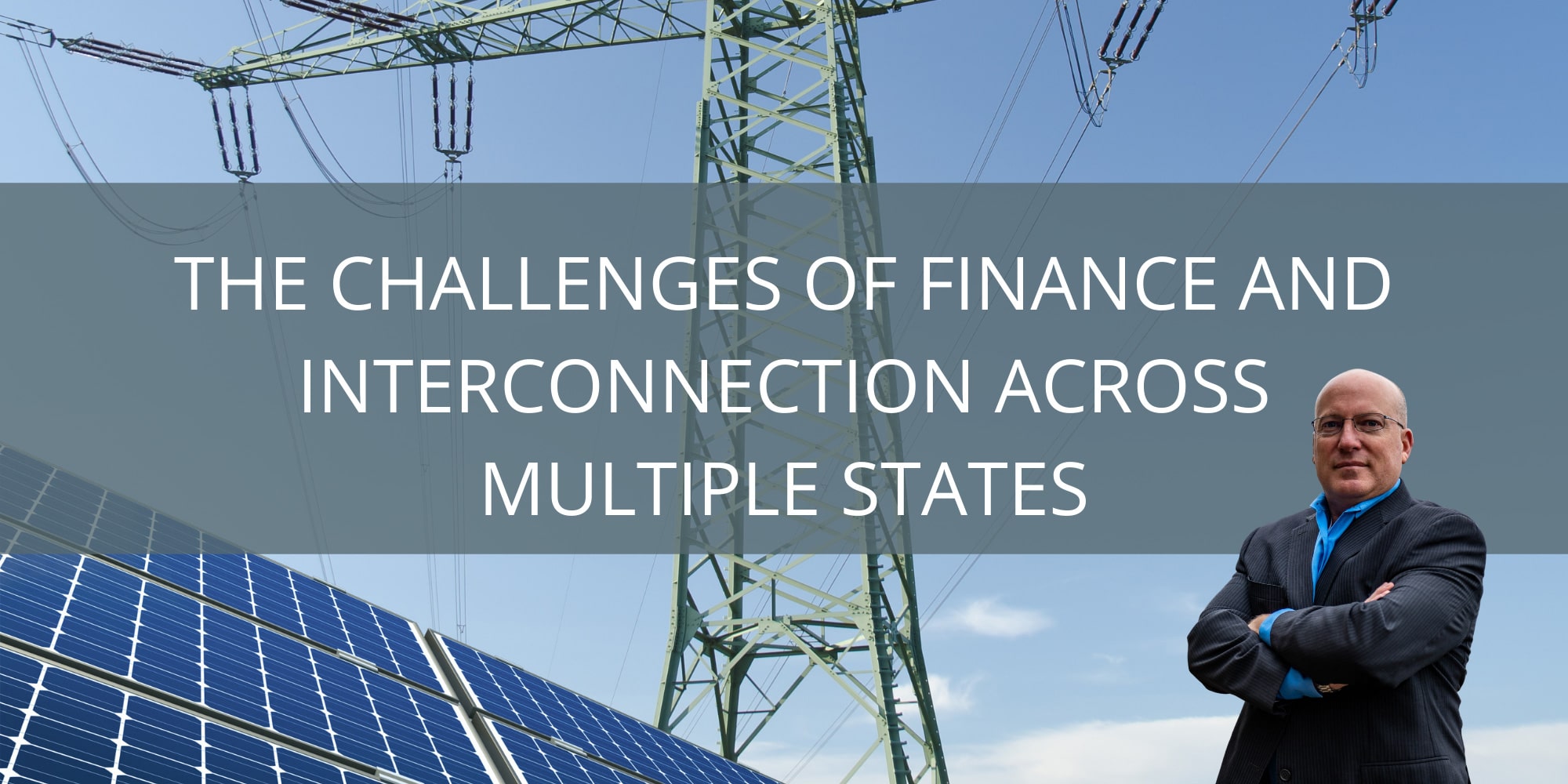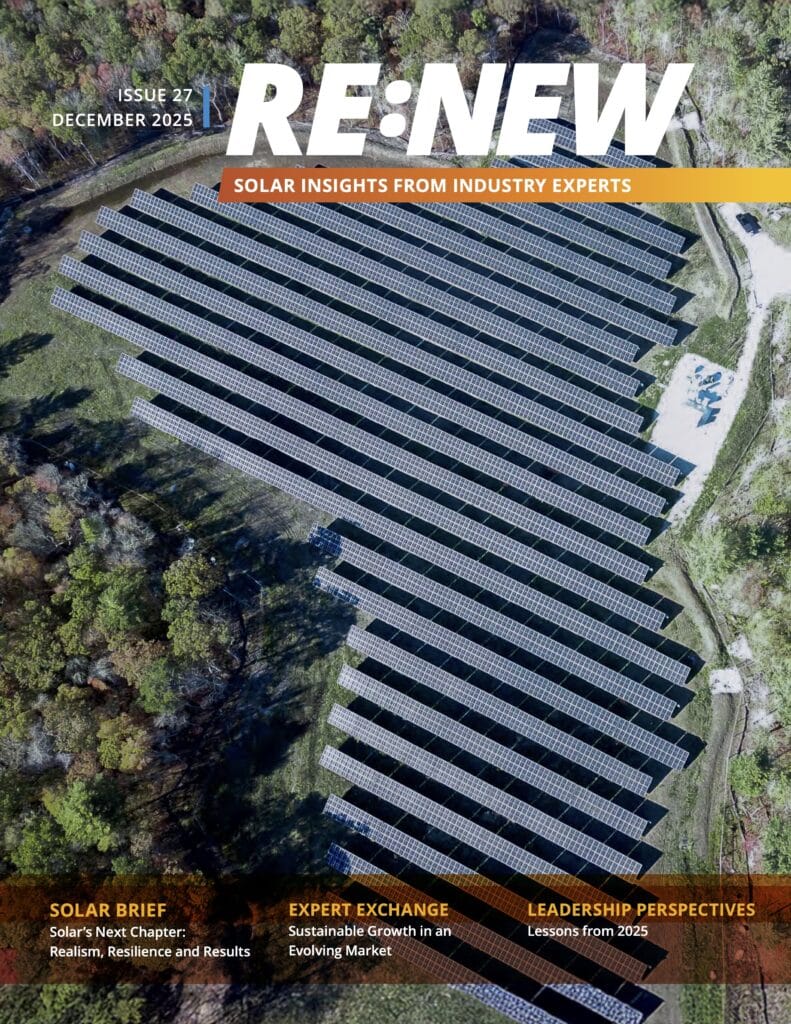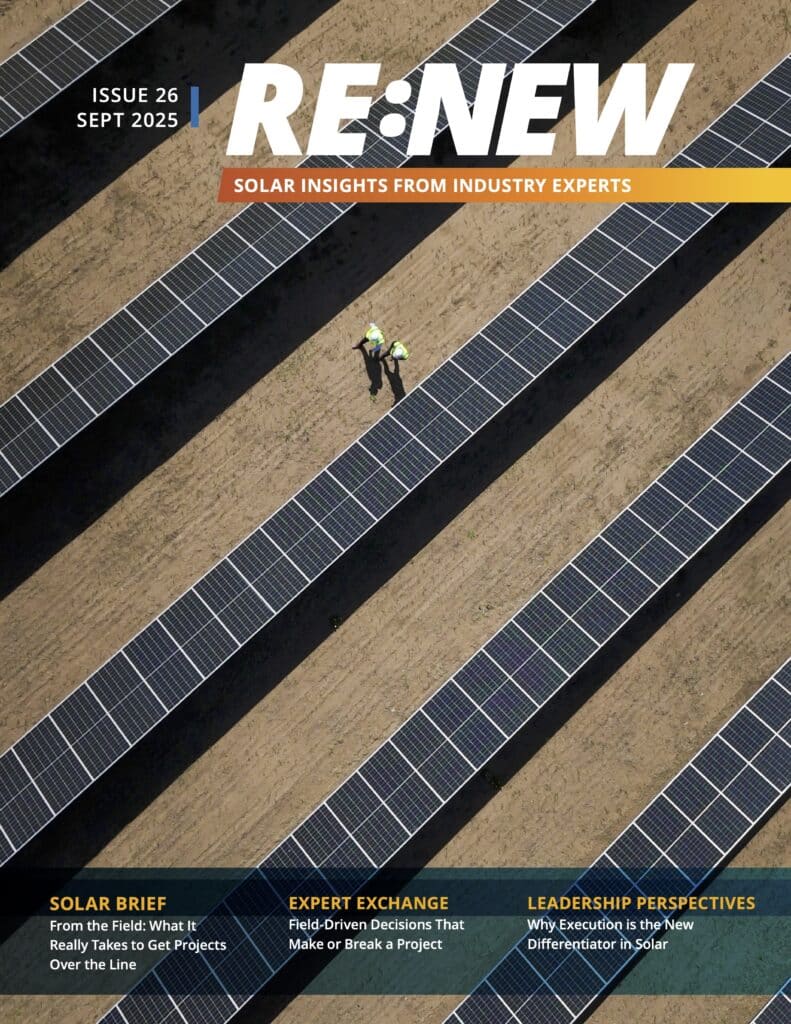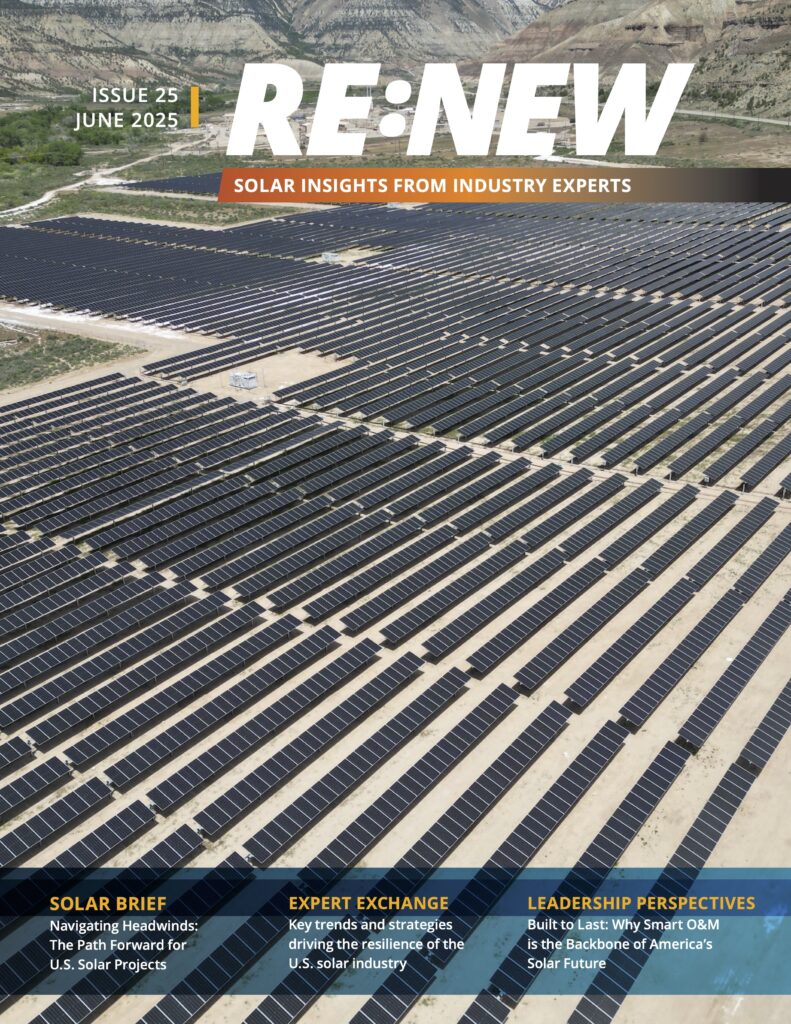Ask any solar company and they’ll tell you that one of the most challenging parts of developing commercial and community solar projects is navigating financing and interconnection when every state and utility requires a different approach.
Right now, solar companies must not only tailor projects to the regulations set in each state’s solar policies and to the utility where the project will be interconnected, but also to what investors are looking for.
When it comes to whether or not a project is financeable, regulations set in each state often determine whether investors see solar projects as a safe bet.
For instance, in Minnesota, state regulations allow community solar projects to allocate capacity to large commercial off-takers. This allows project owners to allocate a material portion of the project capacity to investment grade qualify off-takers at fixed rates. Other states, such as New York, require certain percentages to be allocated to residential subscribers, making it more challenging for investors to fully grasp the risk. Illinois’ community solar regulations, on the other hand, heavily compensate investors for the value of Renewable Energy Credits (RECs) in the first four years, making it an attractive state to financiers.
Furthermore, state regulatory bodies create the rules that determine compensation structure and risk for each project. It’s not enough that a state is generally supportive of solar energy – the specific details of the state regulations can make or break solar investments.
In general, the states that are most attractive to financing are where the utilities drive the regulations and support the programs to be successful.
Successful interconnection is often determined by a utilities’ supportiveness of solar. Because the overall process can be lengthy, it is one of the first things solar companies tackle. How costly and how much time interconnection takes are often determined by the utility’s desire to see the program succeed.
The first hurdle that must be taken into account is that utilities will conduct – or use a third-party company to conduct – a study as a first step on interconnection. These studies determine how potential projects can be added to the grid and whether additional infrastructure or upgrades would be needed for the energy to be added. This process can take up to six months.
Many utilities are reluctant to connect solar systems, as they are concerned it threatens their traditional utility business model, while others claim that solar might affect reliability. As a result, they may have limited staff to support interconnection, conduct the study slowly, or charge high costs, all of which can affect a project’s ability to get off the ground.
This is particularly true for large, investor-owned utilities that can be conservative about the solar energy on the grid, while smaller municipalities and co-ops can be easier to work with.
Another challenge to interconnection is that in some states – such as Massachusetts and Maryland – utilities are starting to approach maximum capacity for solar permitted on distribution circuits in their current system to ensure reliability.
The good news? As solar projects with storage continue to grow, some of the utilities’ concerns could be alleviated. As states move toward 100% clean energy goals, storage will eventually be inexpensive enough to mitigate this challenge.
Moving forward, federal and state policy will in large part determine the ease of solar financing and interconnection, as well as the enormous potential role for solar and storage to disrupt the way utilities do business.
The upcoming federal government and state elections will be closely watched by investors and utilities and will determine the way solar projects move forward, and what it means for the industry’s growth.
More Recent Blog Posts
Delivering on Our Promise: 2025 in Review
December 11, 2025
Scott Wiater · 3 min read
How Student Health Unlocks School Energy Projects
December 3, 2025
Standard Solar · 4 min read
The Remarkable Growth of Community Solar in the District of Columbia
October 22, 2025
Standard Solar · 2 min read
Navigating a Solar Market in Transition: Takeaways from RE+ 2025
September 26, 2025
Megan Byrn · 3 min read





Share